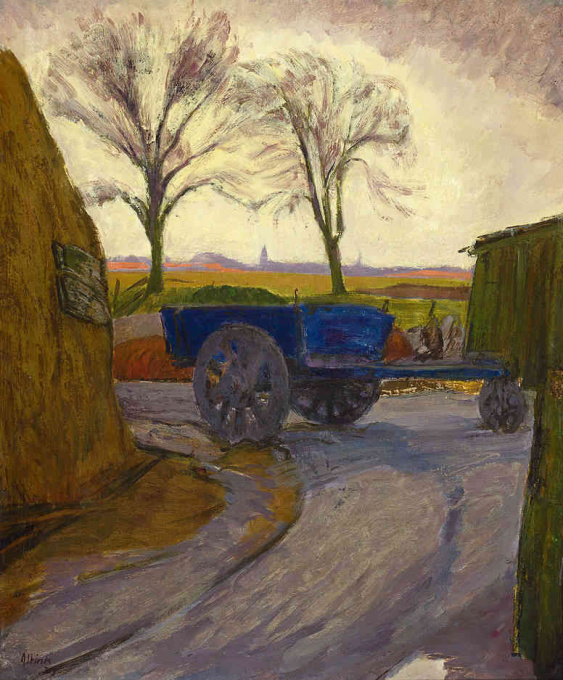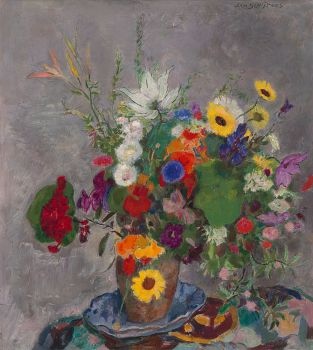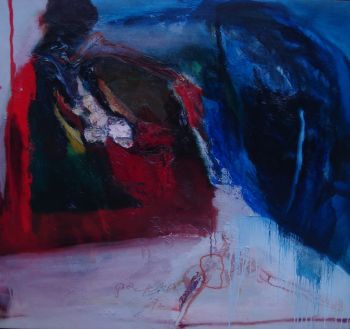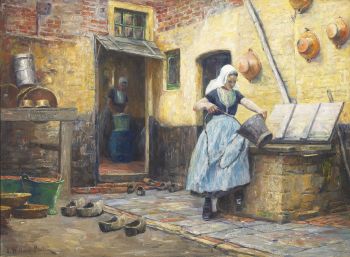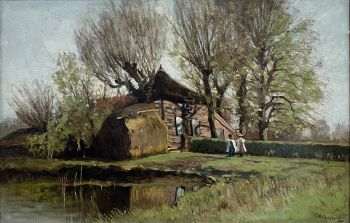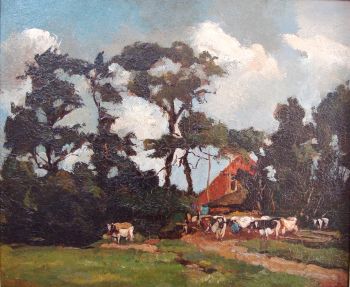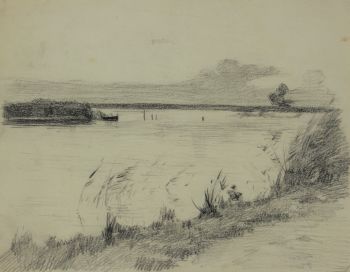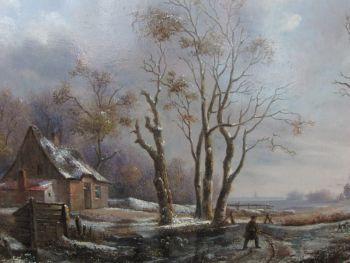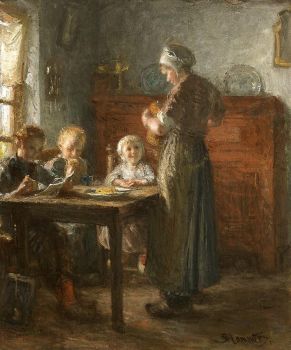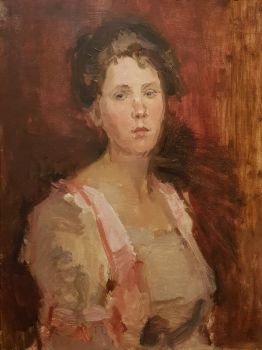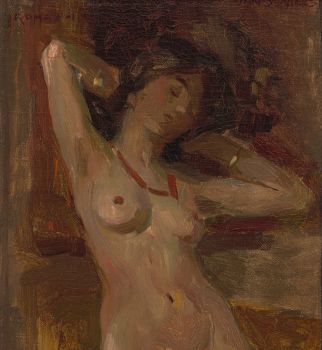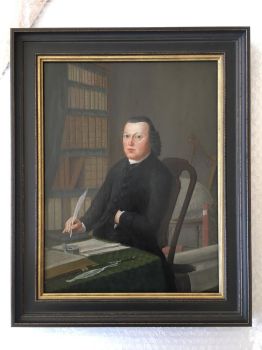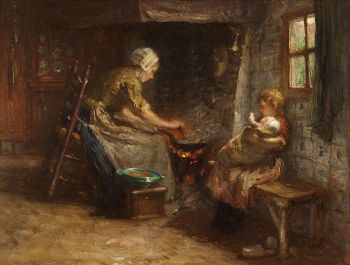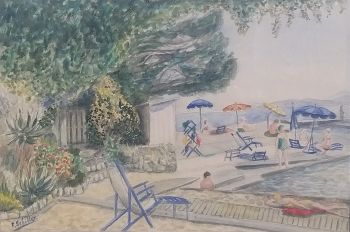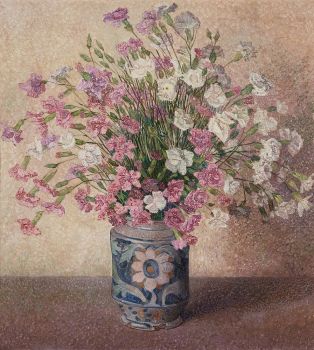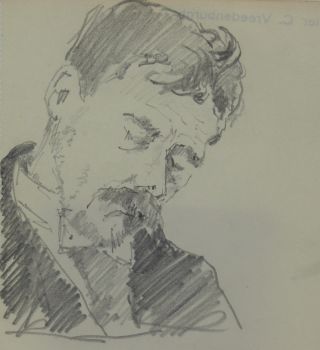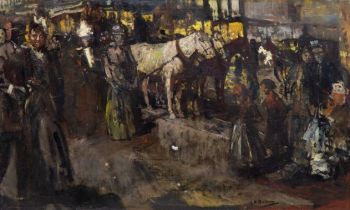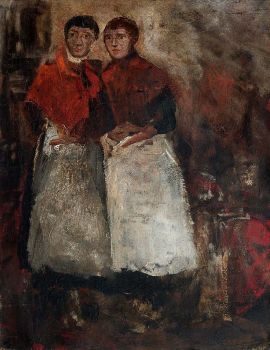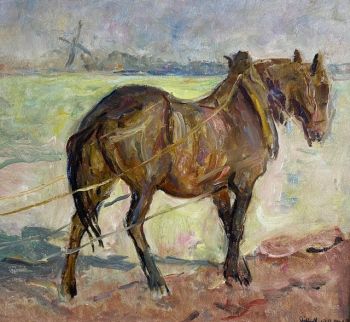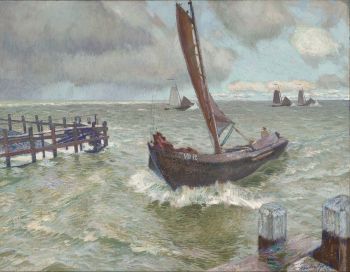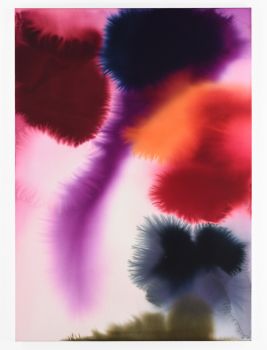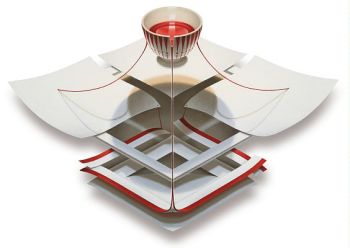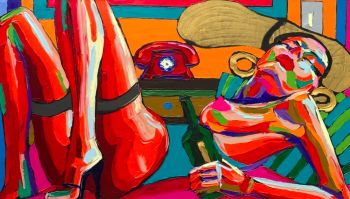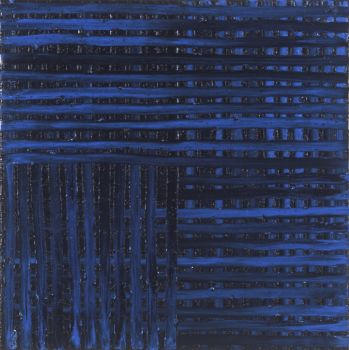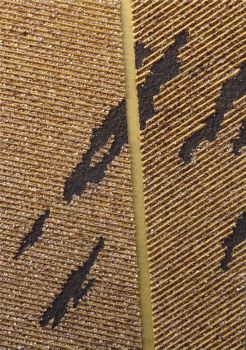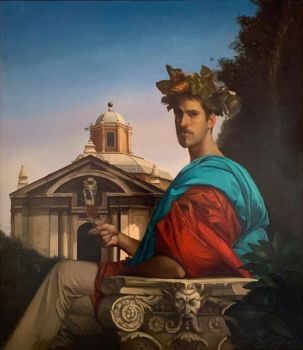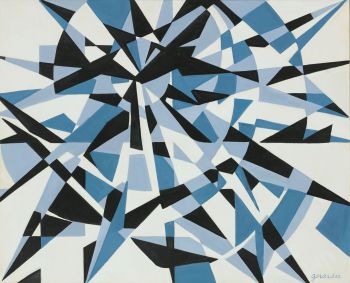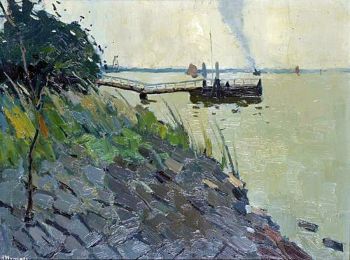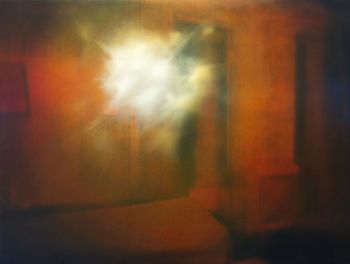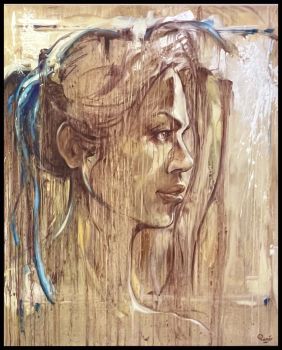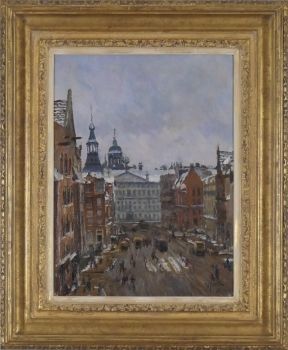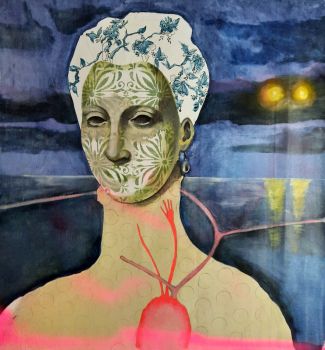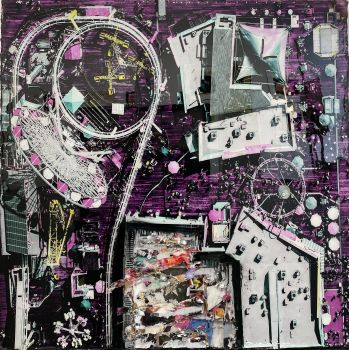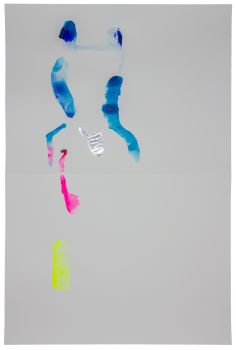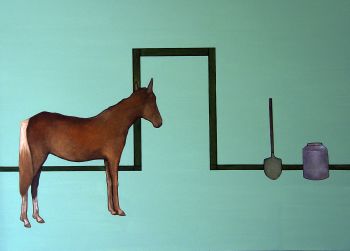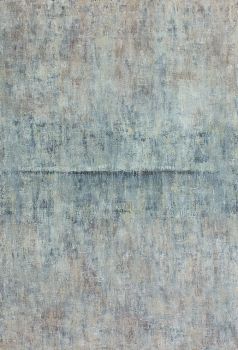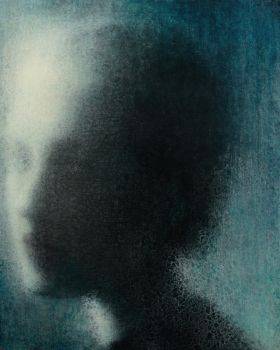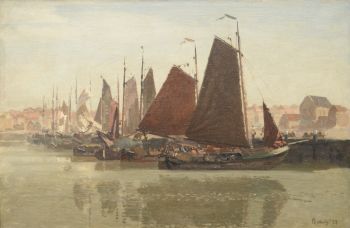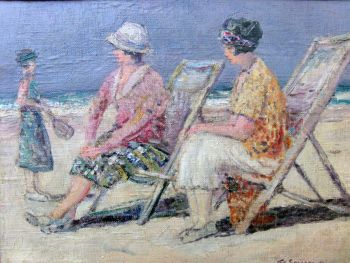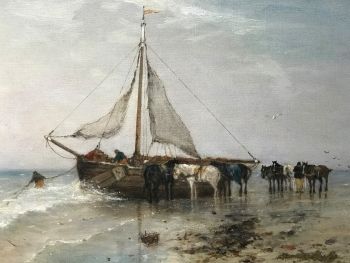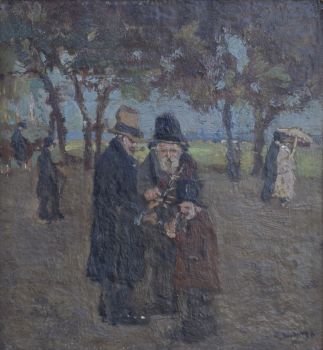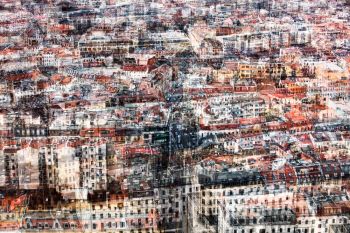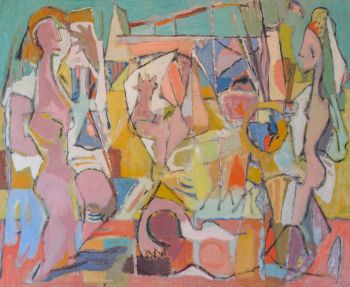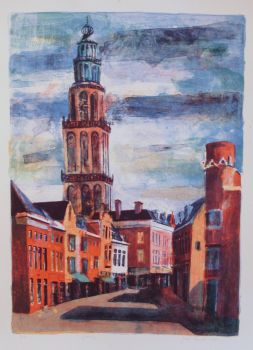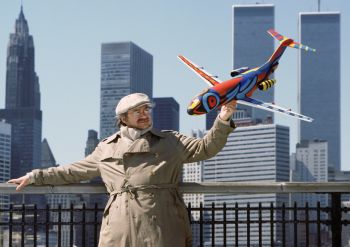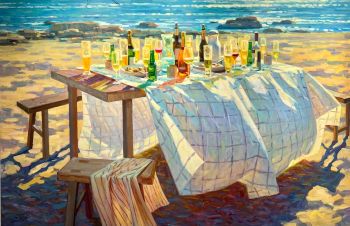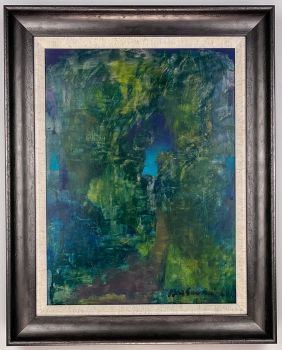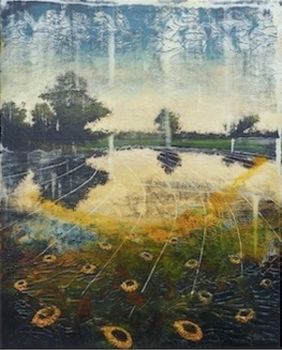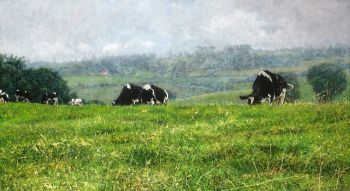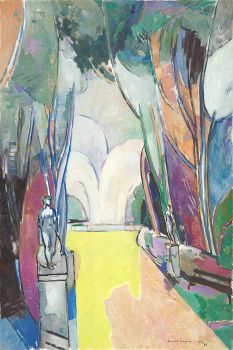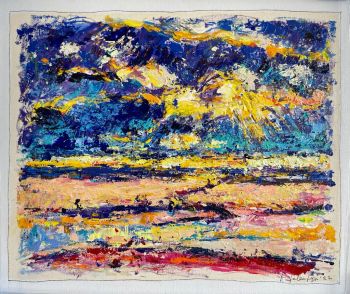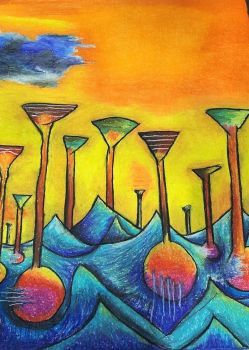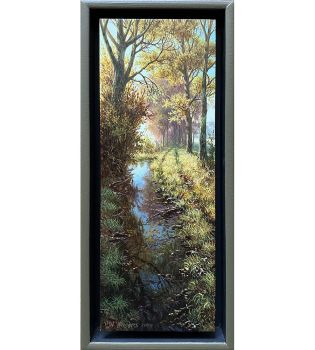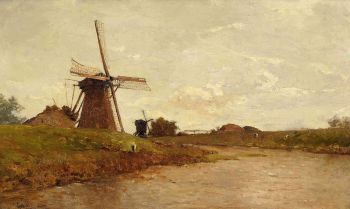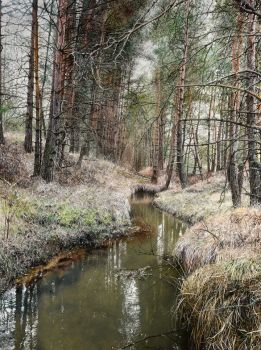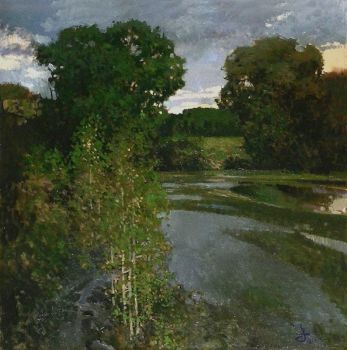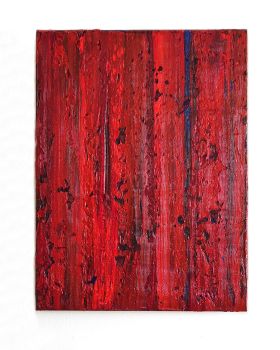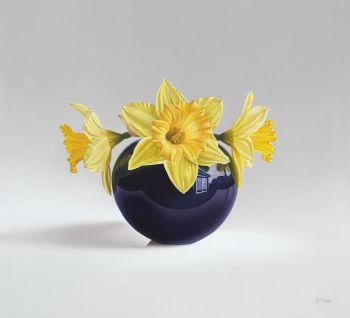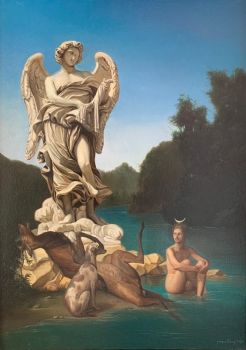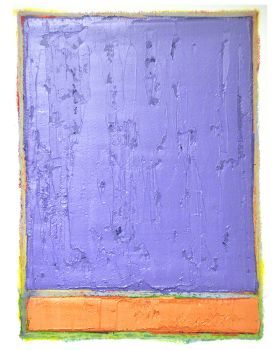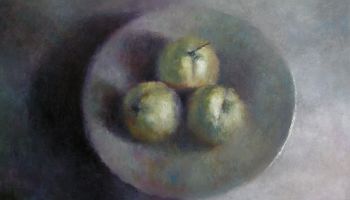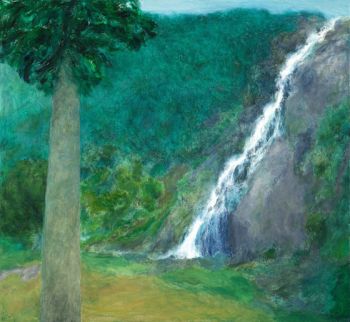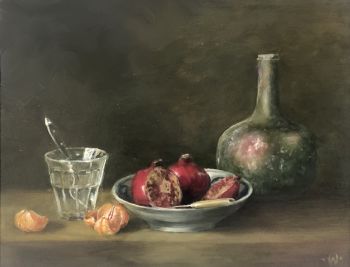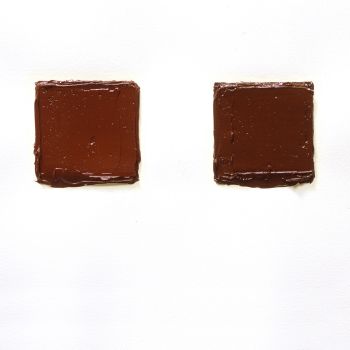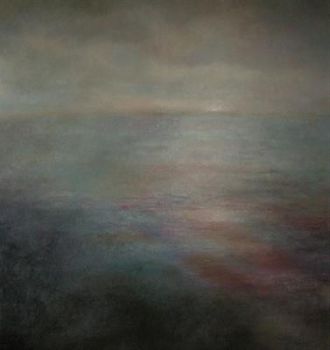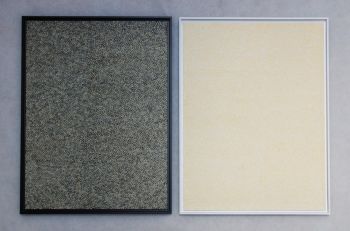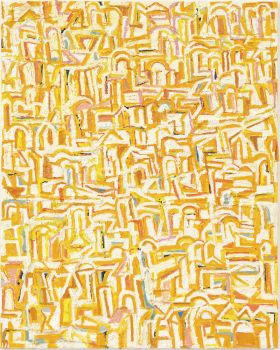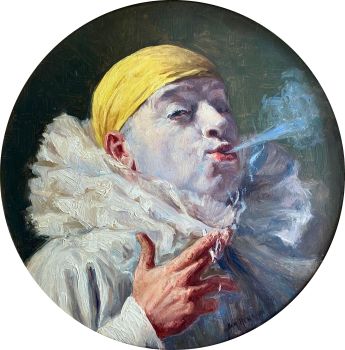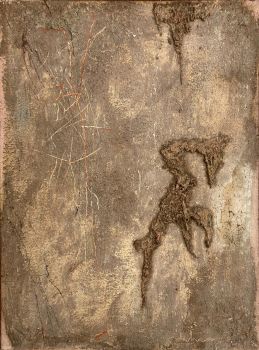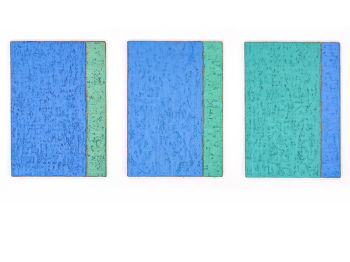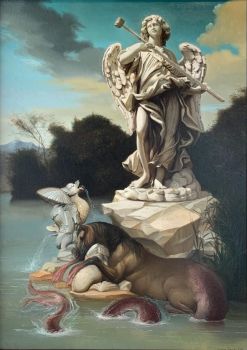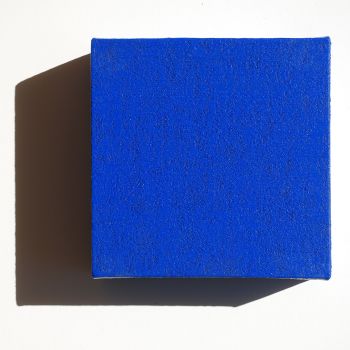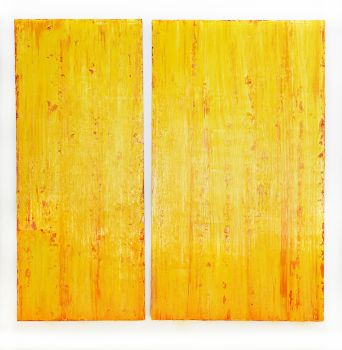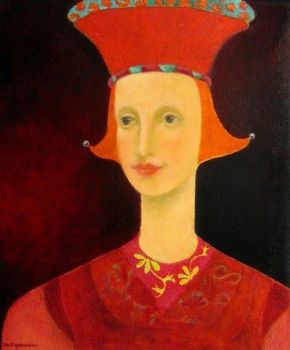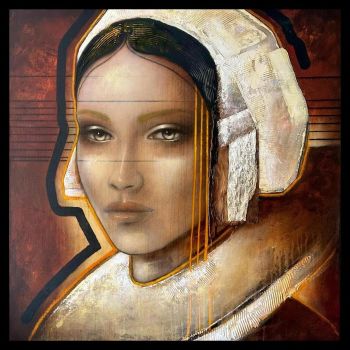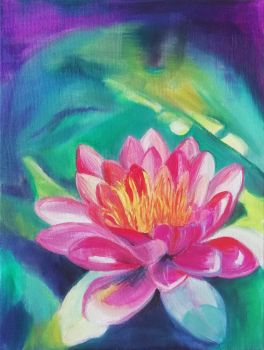Blauwe kar bij Blauwborgje, Groningen 1921
Jan Altink
TelaPintura a óleoPintar
80 ⨯ 65 cm
ConditionExcellent
Atualmente indisponível via Gallerease
- Sobre arteOil on canvas
80 x 65 cm.
Signed and dated: lower right ‘Altink 21’
Literature: C. Hofsteenge, De Ploeg 1918-1941 De Hoogtijdagen, Groningen 1993, p. 78 (ill.)
With Johan Dijkstra, Jan Wiegers and George Martens Jan Altink founded the Groningen artist association ‘De Ploeg’ in 1918 to organize exhibitions of modern art and show artists and public the latest developments in art, architecture and literature. Around Jan Wiegers formed a group of Ploeg-painters who found their inspiration in expressionism. Wiegers brought the modern style back to the Netherlands in 1921 after his stay in Switzerland with Ernst Ludwig Kirchner. De Ploeg artists began to experiment with colour, wax paint and expressive form. The blue cart at Blauwbörgje shows Altinks development to a new way of painting. Initially, Altink used a grey and green palette for his post-impressionist paintings. The careful application of the colour purple at the path, the pink reflected on the city at the horizon and the blue of the centrally placed cart show the new use of brighter colours in which Altink began to work in the early twenties. Blauwbörgje was a place just outside Groningen, where the artists of De Ploeg liked to paint. In 1923, the first anniversary party of De Ploeg was held here. - Sobre artistaJan Altink era membro do círculo de pintores de Groningen, De Ploeg. No entanto, ele se distinguiu dos outros membros por preferir muito mais trabalhar ao ar livre. Ele é mais conhecido por suas paisagens e cenas de vilas locais, junto com as vistas da cidade e os ocasionais retratos e naturezas mortas. No início sua paleta limitava-se principalmente aos tons de cinza e verde, mas depois de 1924 veio o período expressionista, quando registrou a realidade em cores fortes e vivas e formas simplificadas em tinta de cera.
Artwork details
Categoria
Assuntos]
Estilo
Material e Técnica
Cor
Related artworks
Aris Knikker
Riverview with a village (Kortenhoef, Netherlands)1887 - 1962
Preço em pedidoKunsthandel Pygmalion
Valentine Willaert Fontan
ZEEUWSE MEISJES BIJ DE WATERPUT1892 - 1939
Preço em pedidoGalerie Het Noorderlicht
Bernardus Johannes Blommers
Het bereiden van de maaltijd1870 - 1914
Preço em pedidoStudio 2000 Art Gallery
 Com curadoria de
Com curadoria deDanny Bree
1 - 4 / 24Raoul Hynckes
Riverview with scaffolding (near Kinderdijk, the Netherlands)1913 - 1924
Preço em pedidoKunsthandel Pygmalion
1 - 4 / 24- 1 - 4 / 24
- 1 - 4 / 24

